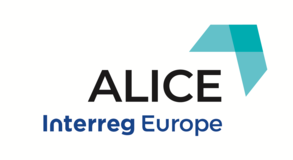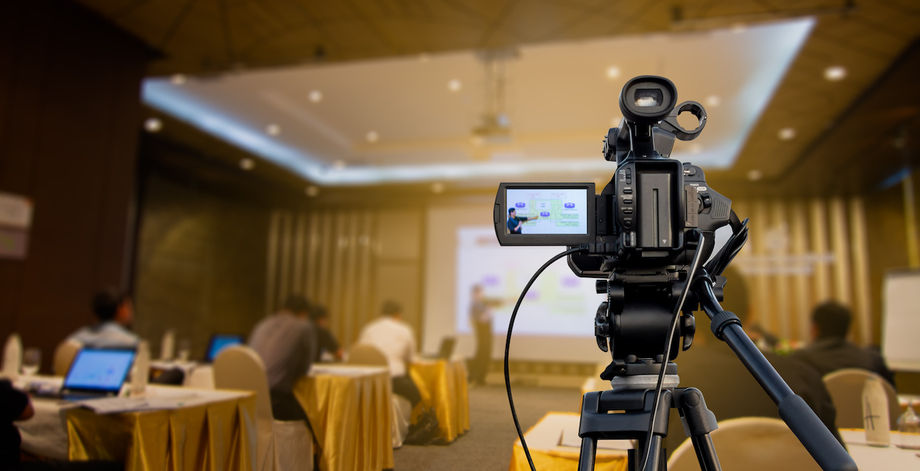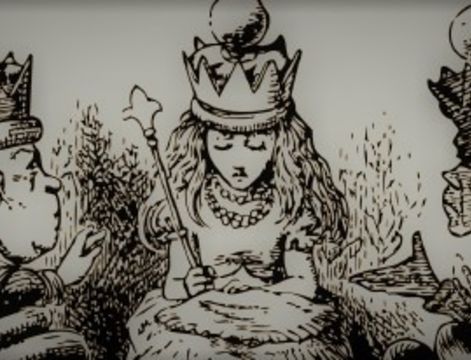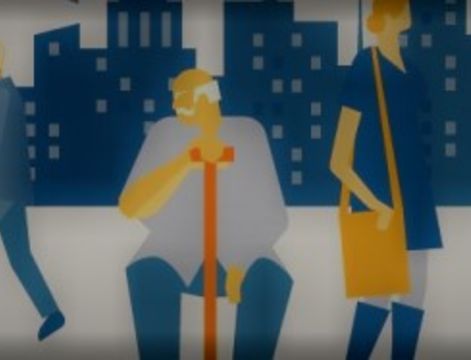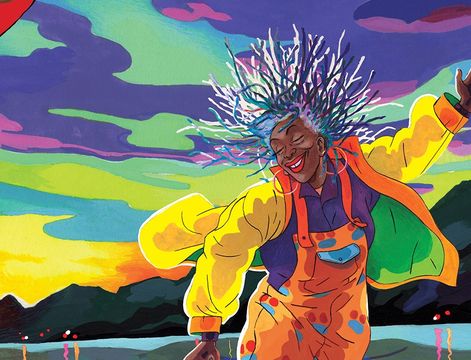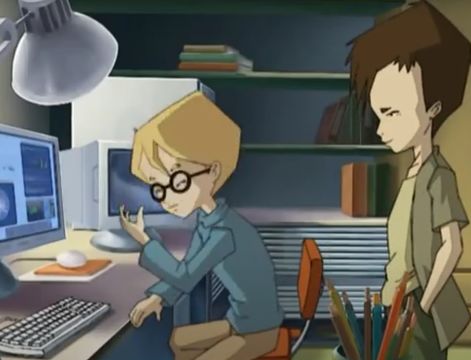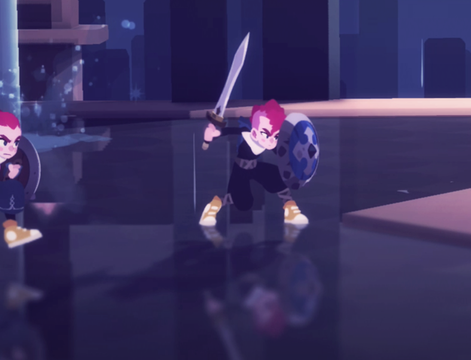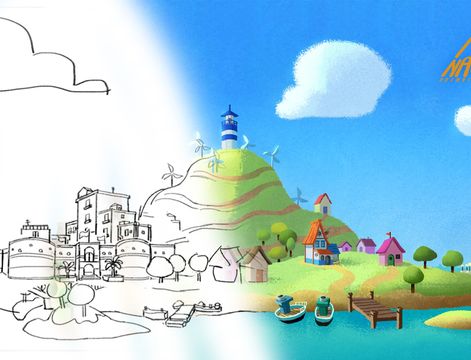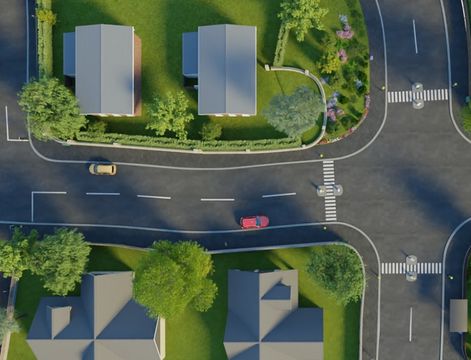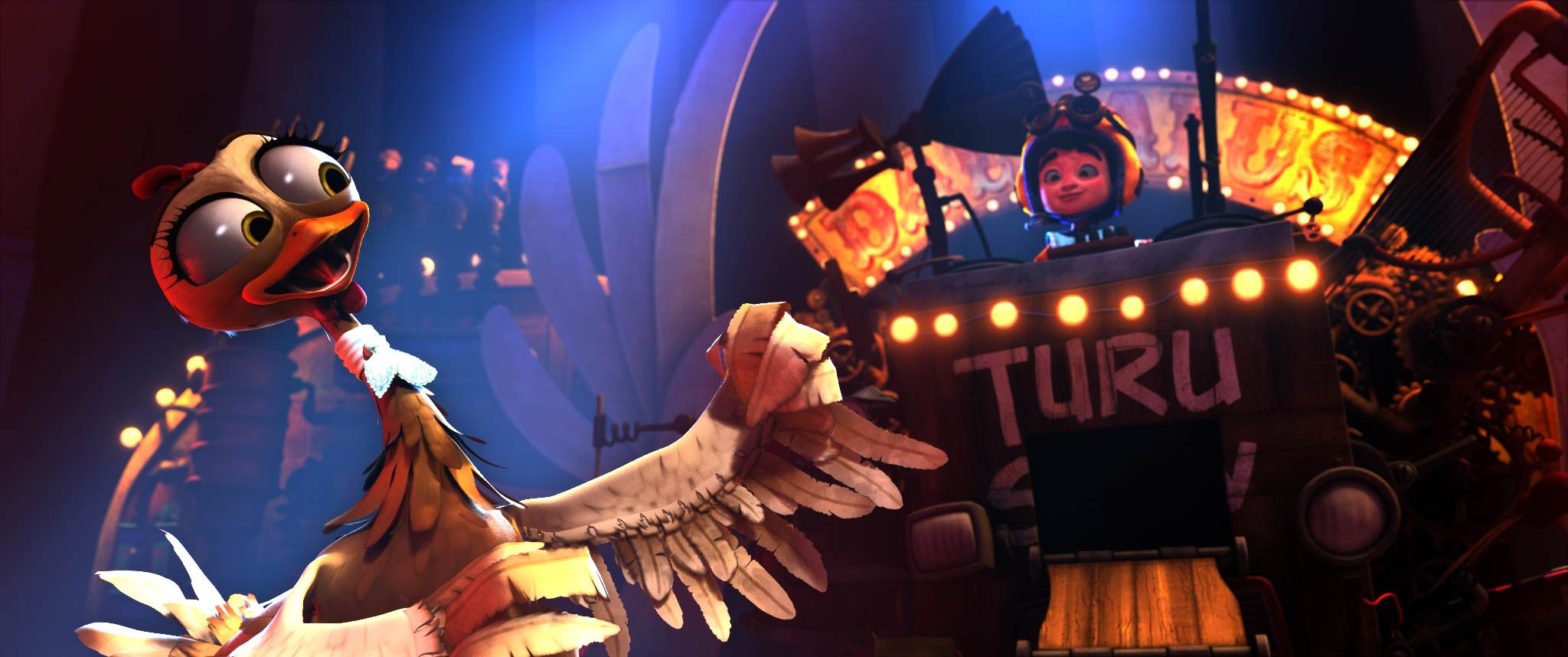The animation sector has taken a huge hit since the COVID-19 pandemic forced everyone into lockdown, causing disruption in production workflows and film distribution. During these uncertain times and as the industry slowly prepares for the new normal, we wanted to reach out to our community of stakeholders directly. While the impacts of the global health crisis vary and are still hard to estimate, these animation companies have been able to keep the industry running. In the midst of the crisis, we discovered how they put people first.
Results show that animation studios, independent workers and production companies from our regions managed to transition to a work-from-home model and keep everyone safe within the span of a few days. Ongoing efforts were necessary to keep activity running off-site and remain functional. Now that the situation has evolved with many countries progressively easing lockdown measures, some companies, especially the largest ones, seem to continue to encourage remote work. On-site presence is limited for tasks that cannot be done remotely (such as testing material on large screens or quality control) and teams are asked to come in on staggered shifts, or on alternate days, in order to maintain social-distancing protocols.
 © Plutoon, Bratislava, Slovakia.
© Plutoon, Bratislava, Slovakia.
Plutoon is a Slovakian animation studio providing 2D and 3D animation, VFX and illustration services. Their flexible organizational structure allowed them to adapt quickly to new situations with respect to in-house projects. Keeping international co-productions projects going during the pandemic was more challenging, and they had to rethink their communication workflows. Yet, they recognized the shared crisis experience made their work relationships stronger: “The sharing of information during this period was much more difficult and […] some of the projects took much more time due to the home-office set-up [but] it’s not only about the home-office or studio work or about the video calls and messaging tools, […] it’s also about the fact that people are afraid and that the work is not the most important thing in times like these.” In that sense, the pandemic “has strengthened us in the human field.” says producer Barbora Budinská.
A number of mid- and large-sized companies reported the technical challenges of remote work. When working from studios, animation productions have the benefit of high-powered commercial information systems and connections. That is not the case when working from home. Studios had to be creative to establish remote working systems, moving machines to employees' homes in some cases, centralizing servers, or like Wallonia-based studio Dreamwall, limiting connection times to allow for large enough broadband lines. But in the end, "Everyone was able to work from home," says Matthieu Liégois, director of Tchack, a 30-person animation studio based in the Hauts-de-France region.

© Jordi Oliva, Executive Producer at Imagic TV.
No one said it was easy. Some stakeholders reported major business disruptions and worry about the future of the industry. Jordi Oliva, Executive Producer at Imagic TV, is one of them. But when asked what he learned from the crisis; his response was straightforward: “Take care of your people. No production can be accomplished without a team. Putting all means for the team’s safety and health has been instrumental in achieving a continuous and stable production pipeline. Take care of your people and they’ll take care of you. Productivity is just a natural result. People first.”
